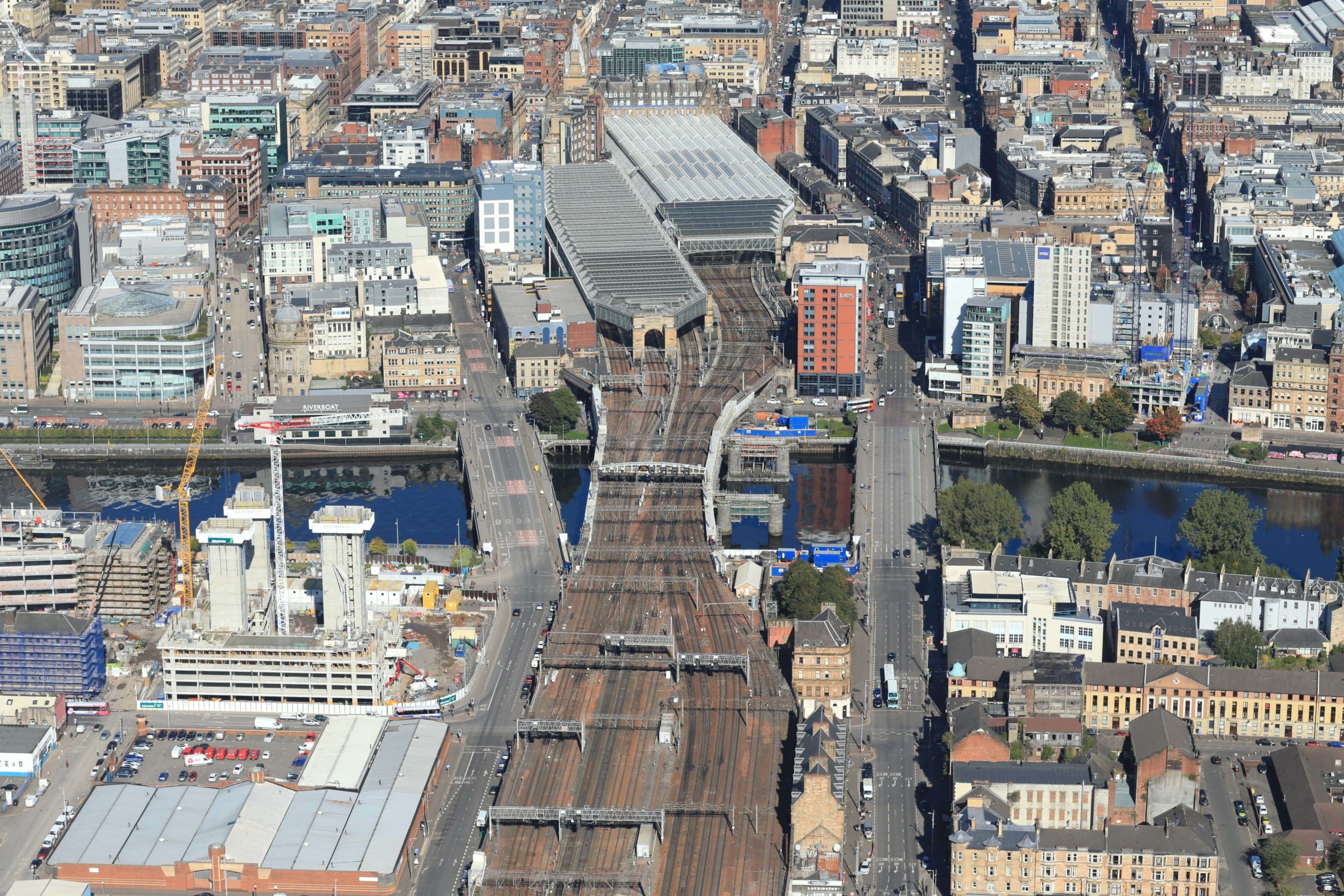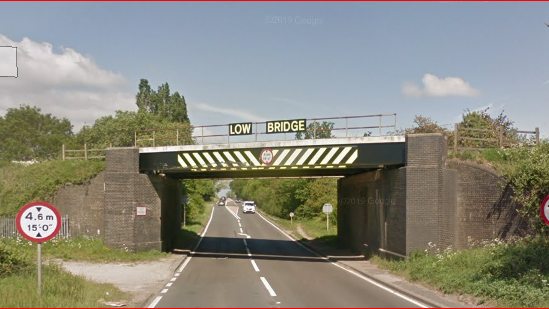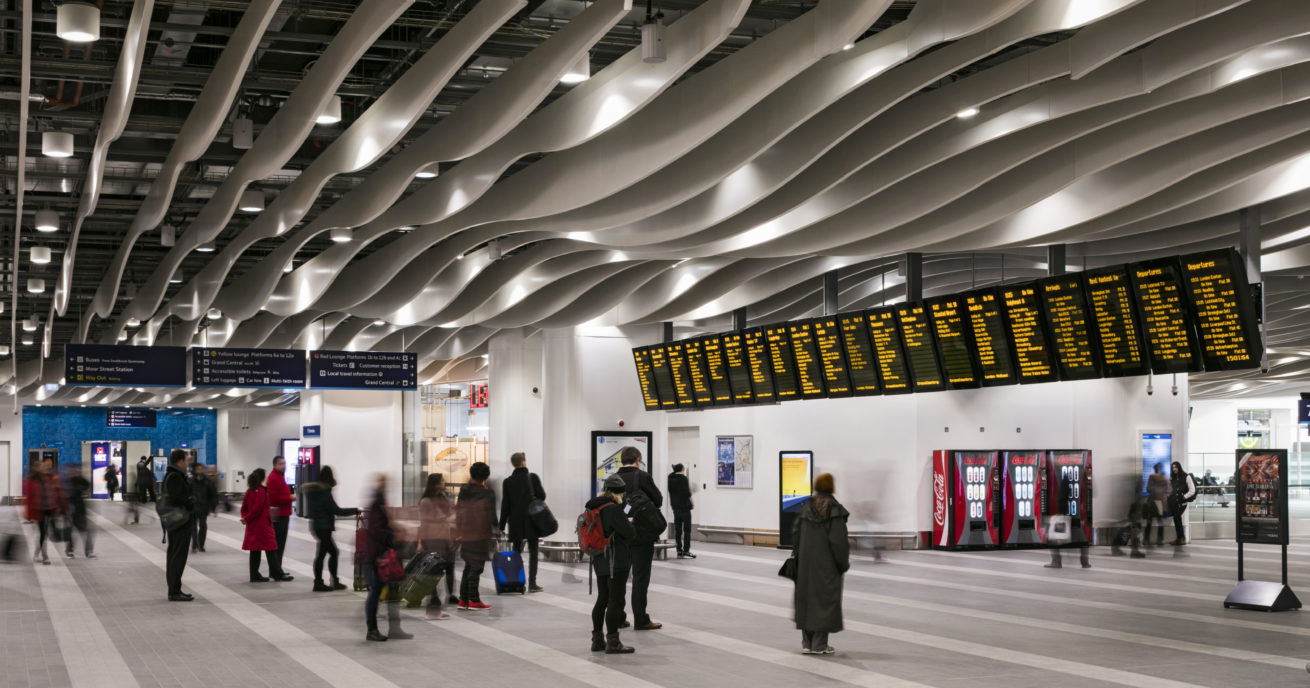Joseph Locke was just 17 when he took part in pioneering work that set out the birth of the modern passenger railway.
Locke was born into a family of colliery managers on 9 August 1805.
His planning for the Stockton and Darlington Railway in the North of England – under the leadership of engineer George Stephenson – helped pave the way for passenger locomotives and what we consider the modern mainline railway.
This groundbreaking engineering put Locke in the history books alongside Stephenson’s son, Robert Stephenson, and Isambard Kingdom Brunel.
Together, they drove forward the construction and development of the railway, which had traditionally been used to transport goods by horse-drawn wagons.
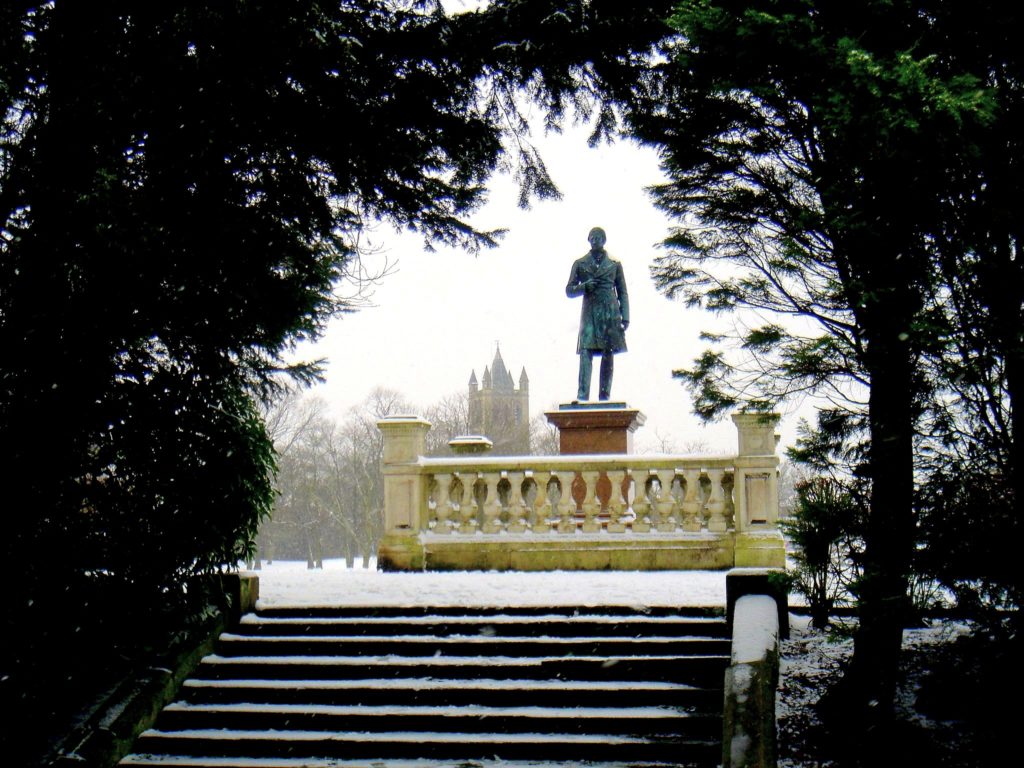
Author Anthony Burton wrote about his book, Joseph Locke: Civil Engineer and Railway Builder 1805 – 1860: “Most historians recognise the work of three engineers as being the men who developed the railways from slow, lumbering colliery lines into fast, inter-city routes. Two are very well known: Robert Stephenson and Isambard Kingdom Brunel.
“The third was Joseph Locke, who should be recognised for having made a contribution just as great as that of the other two.”
Stockton and Darlington Railway
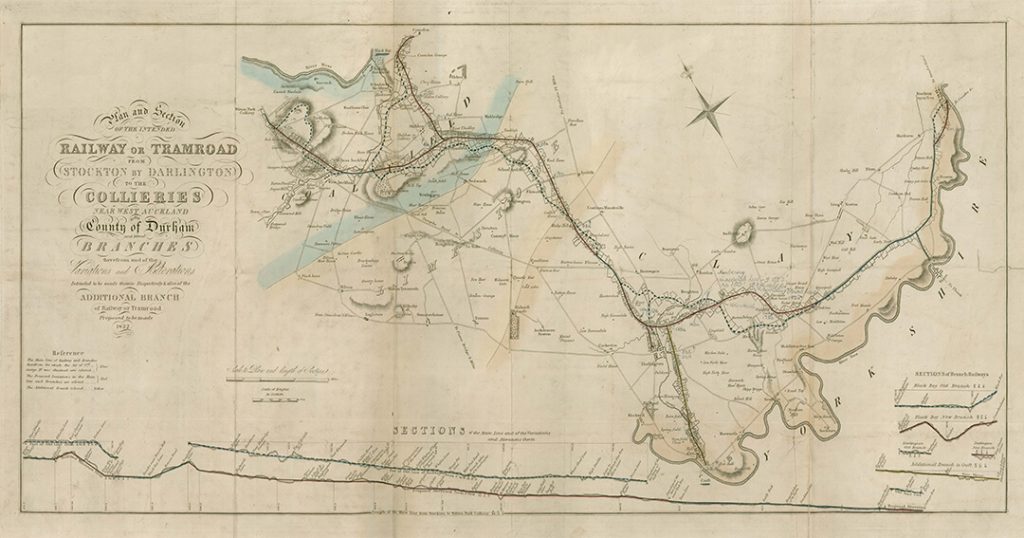
Locke came to work with 18 year-old Robert Stephenson on the planning of the Stockton and Darlington Railway in 1823 after serving as an apprentice under William Stobart, according to Grace’s Guide to British Industrial History.
George Stephenson had survey fellow engineer George Overton’s original 1821 line and recommended significant changes to it, including gradual inclines and eased curves. He also made the line shorter and suitable for steam-powered locomotives and engines.
Liverpool and Manchester Railway
Following the success of the Stockton and Darlington Railway, Locke was asked to survey of the Liverpool and Manchester Railway.
It would become the first steam-powered, inter-urban railway for passengers and goods in the world – and had already been surveyed by George Stephenson and another engineer, Charles Vignoles.
During the major project, it became clear that Locke excelled at managing large-scale construction, while Stephenson struggled, says Grace’s Guide. Locke eventually took on responsibility for the line’s western half.
Grand Junction Railway and rift with Stephenson
Locke continued to work with George Stephenson, on the ambitious, almost 80-mile Grand Junction Railway Warrington to Birmingham from 1829.
Locke and Stephenson would each manage half of the line but Stephenson’s inefficiencies in administration would later lead to Locke taking sole direction, causing a great rift between the two engineers.
Burton wrote: “It was the turning point of his life … Locke was to continue as chief engineer on some of the most important lines in Britain, and his reputation grew to the point where he was also in demand for work in mainland Europe, building major routes in France, the Netherlands and Spain.”
The gauge war
However, in 1845, Locke argued on the side of George and Robert Stephenson in the famous war to establish a national standard gauge between the tracks on Britain’s railways.
Locke supported the 4ft 8 1/2 gauge, based on the needs of the horses and carts for which the early railways had been built.
Brunel, on the opposing side, believed his 7ft 1/4 in broad gauge rail would mean faster and smoother journeys, proven by its success on the his Great Western Railway linking Paddingon with South West England.
The Stephenson-backed gauge won and the last of the broad gauge was ripped up in 1892.
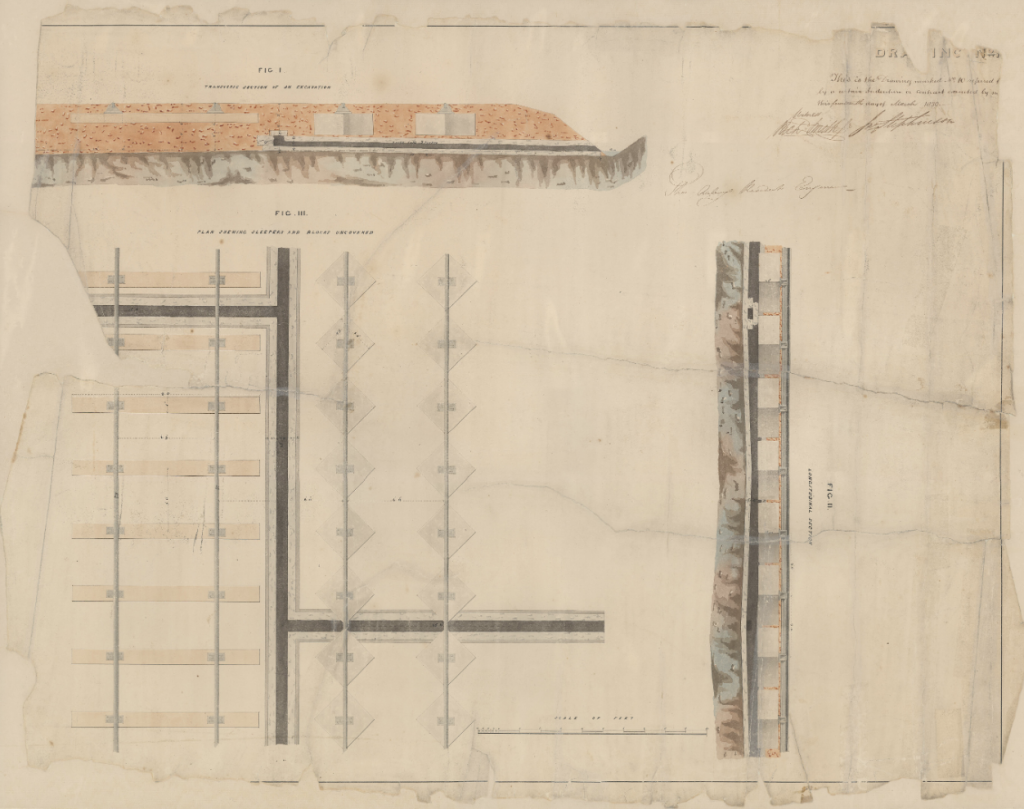
Legacy
But the West Coast Main Line (represented in the header image at Glasgow Central station) is widely considered to be Locke’s greatest legacy. His Caledonian, Grand Junction, and Lancaster and Carlisle Railways were brought together to create the West Coast Main Line, which runs from London to Glasgow and Edinburgh, and is today one of the busiest railways in Europe.
One of the greats
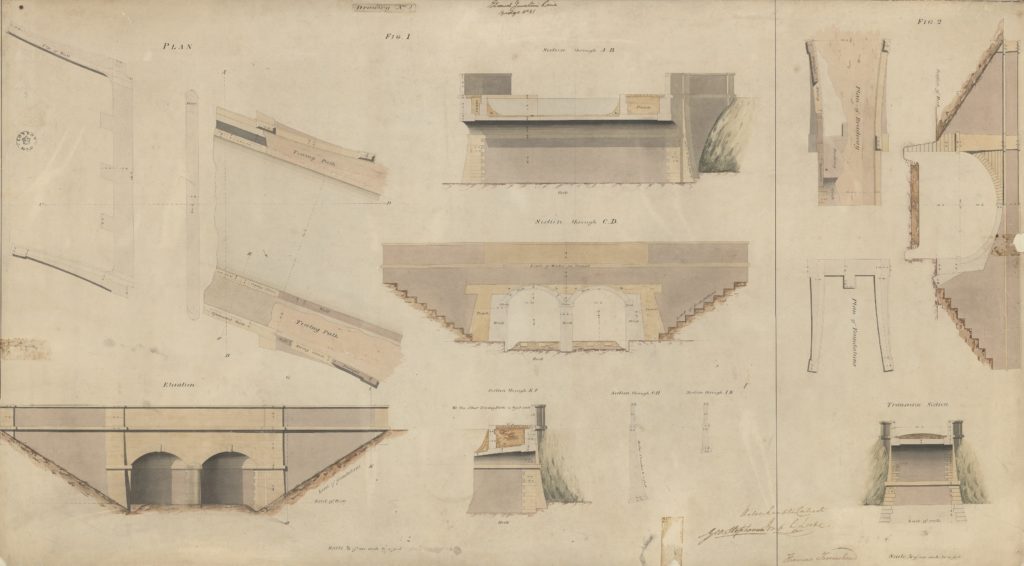
John Page, records controller at the Network Rail archive, said: “He was one of the great civil engineers who rightly should be mentioned in the same breath as Brunel or George and Robert Stephenson.
He fixed a lot of problems with George Stephenson’s work on the [Liverpool and Manchester Railway], which led to them falling out. And as a result his relationship with his contemporary Robert suffered. But I think that it is telling that once George died, their relationship took off again. I think it was more down to family loyalty than professional opinion.
“Joseph was someone who was seen as a fixer, not just at the L&M but he was also brought in to fix the London and Southampton (London and South Western) in 1837 formally under Francis Giles and the Sheffield Ashton and Manchester Railway under Charles B Vignoles in 1839.”
John added: “He was also a proponent of the up and over method of railway engineering whereby he would not look for the flattest route but would look for the fastest. He would have more faith in the power of the locomotive to be able to handle inclines, so would avoid making tunnels as much as possible. He is responsible for engineering most of the West Coast Main Line.”
Sources:
Grace’s Guide to British Industrial History
Joseph Locke: Civil Engineer and Railway Builder 1805 – 1860, Anthony Burton
Network Rail
Read more:
Incredible Stephenson railway history rediscovered
Read the George Stephenson notebook online
The Box Tunnel – Brunel builds the impossible
What’s a Main Line? Rail history explained
